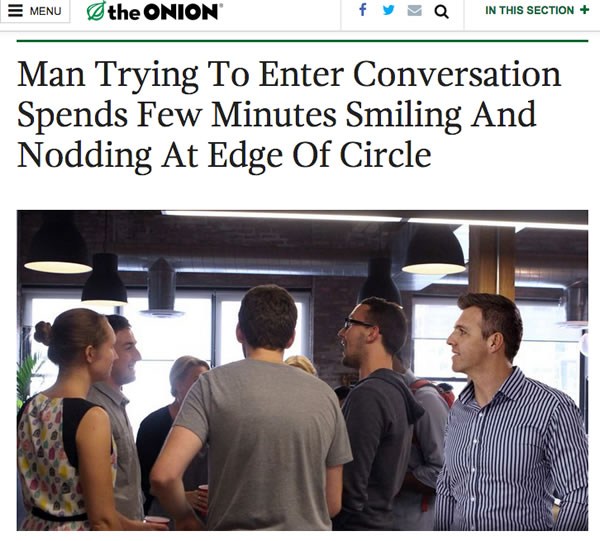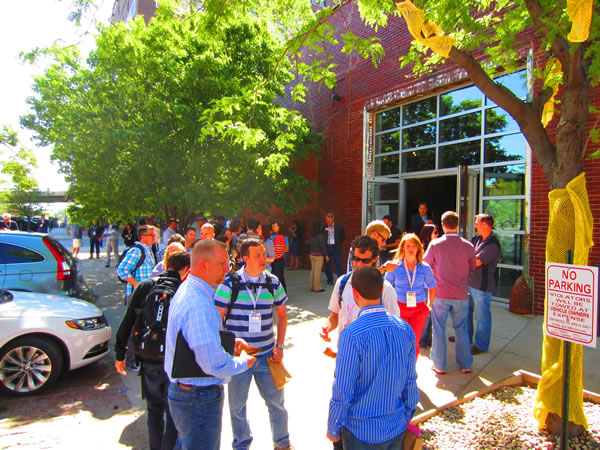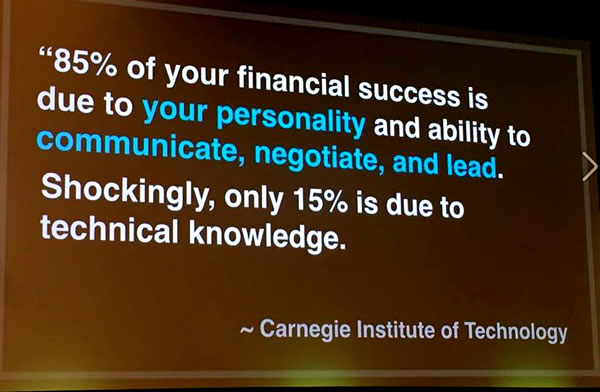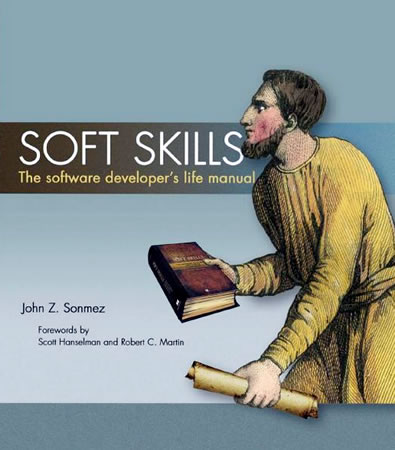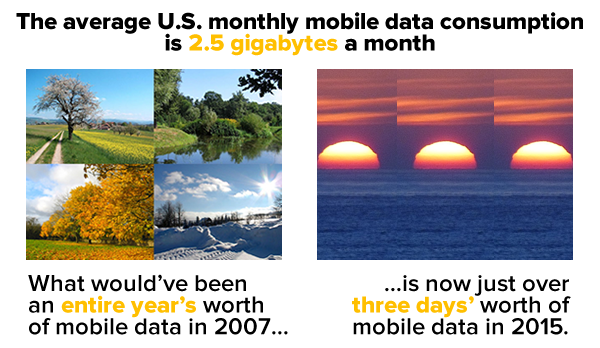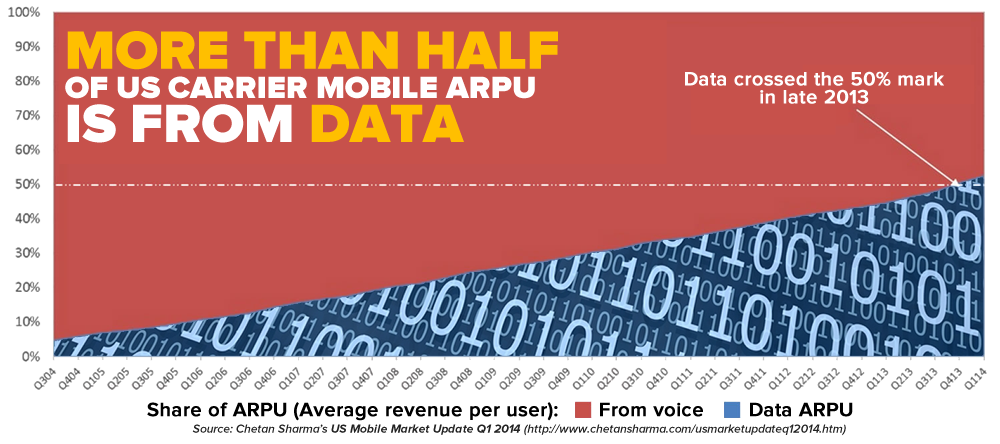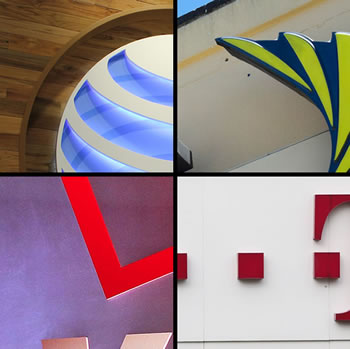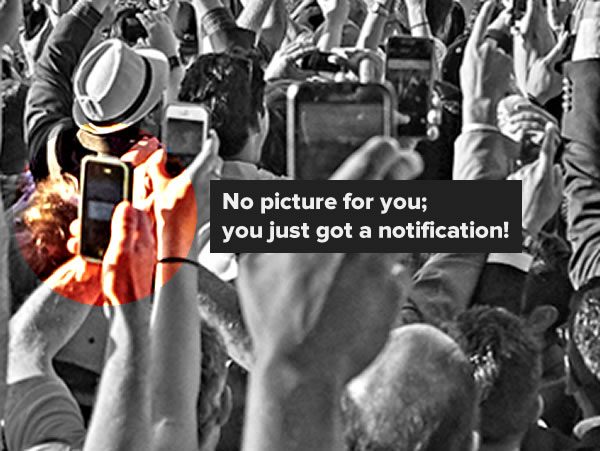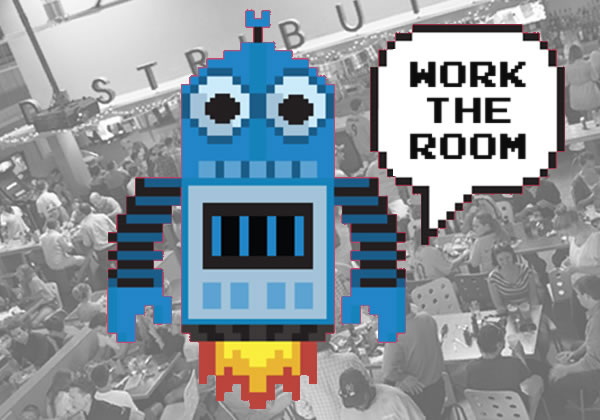
Here’s the third in a series of tips for making the most of your experience at the GIANT conference taking place this week in beautiful Charleston, South Carolina. In case you missed the prior ones, here they are:
- How to work the room at the GIANT conference, part 1: Bring your instrument!
- How to work the room at the GIANT conference, part 2: What’s your one-line self-introduction?
- How to work the room at the GIANT conference, part 3: You are actually a host!
Breaking and entering is NOT a crime (not in the “working a room” sense, anyway)
Susan RoAne, author of How to Work a Room, has codified a technique for mingling at parties and conferences that I had to learn the hard way: breaking and entering. Here’s how it works:
1. Pick a lively group of people you’d like to join in conversation.

As people who are already in a conversation, they’ve already done some of the work for you. They’re lively, which makes it more likely that they’re open to people joining in (and hey, this is GIANT. The attendees by and large are a friendly, lively, rad group). They’ve also picked a topic, which saves you the effort of hving to come up with one. It also lets you decide whether or not it interests you. If they’re lively and their topic of conversation interests you, proceed to step 2. If not, go find another group!
2. Stand on the periphery and look interested.
I know, this part might remind you of this introvert’s nightmare:
Click the photo to read the Onion article.
Just do it. This is a conference, and one of the attendees’ goals is to meet people. Smile. Pipe in if you have something to contribute; people here are pretty cool about that.
3. When acknowledged, step into the group.
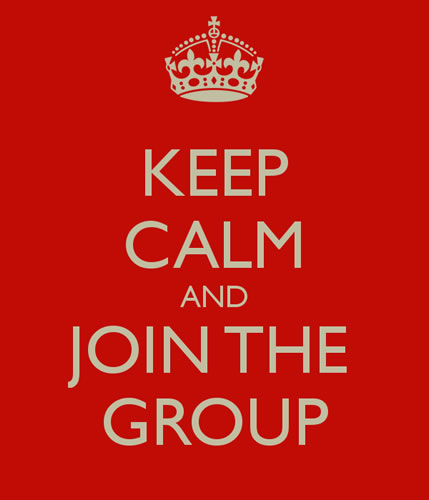
You’re in like Flynn! Step in confidently and introduce yourself. If you’ve got that one-line summary of who you are that I talked about earlier, now’s the time to use it.
4. Don’t change the subject.
Hey man, you’re guest at this convo, and you’re not campaigning. Contribute, and let the subject changes come naturally.
Now go forth and mingle. I’ll see you at the parties!
